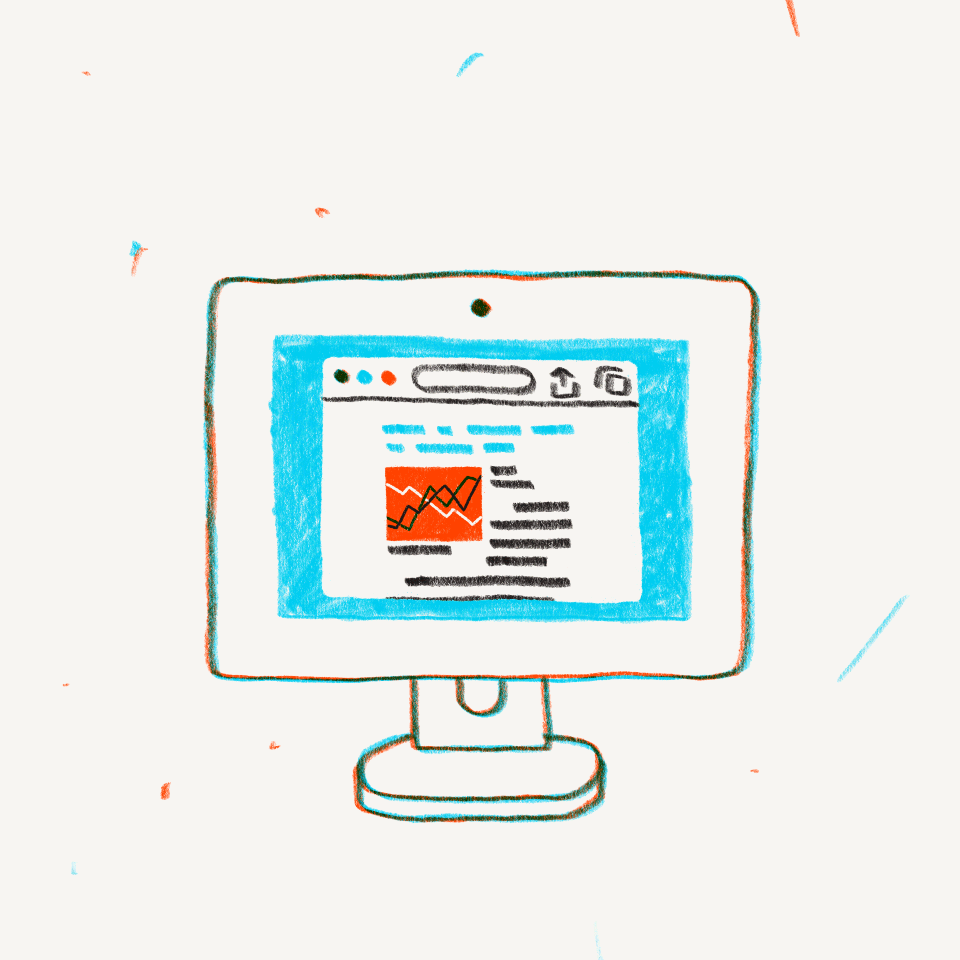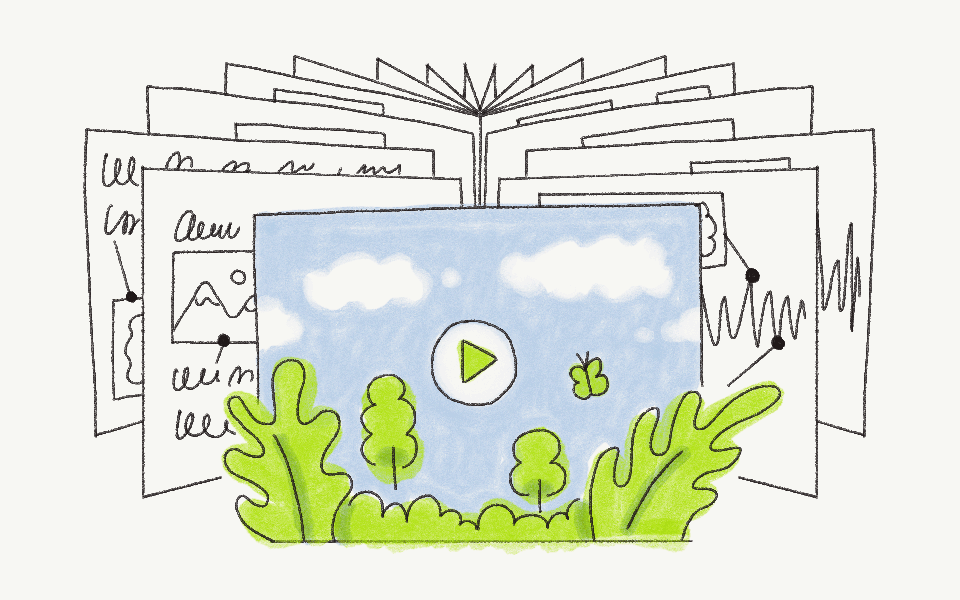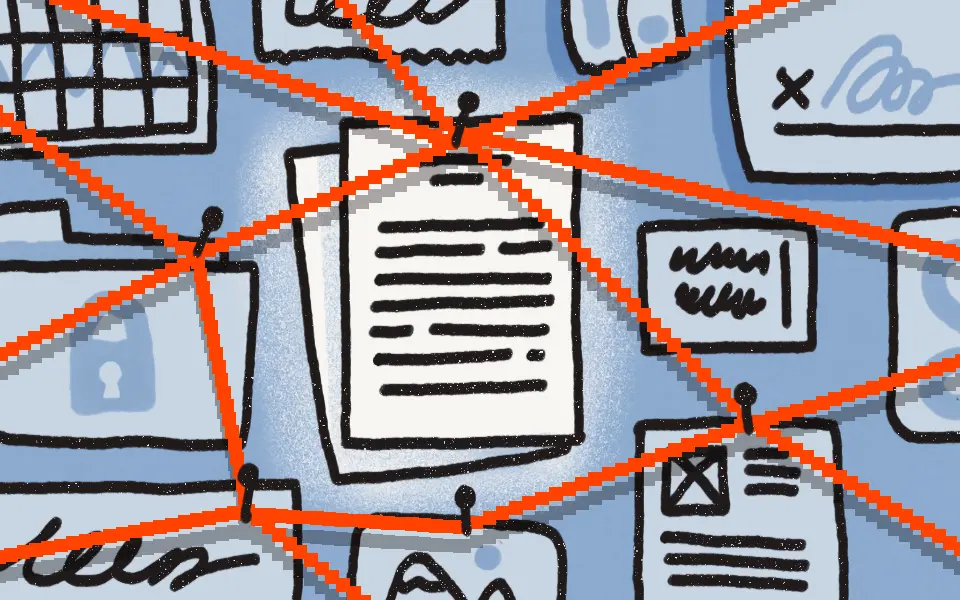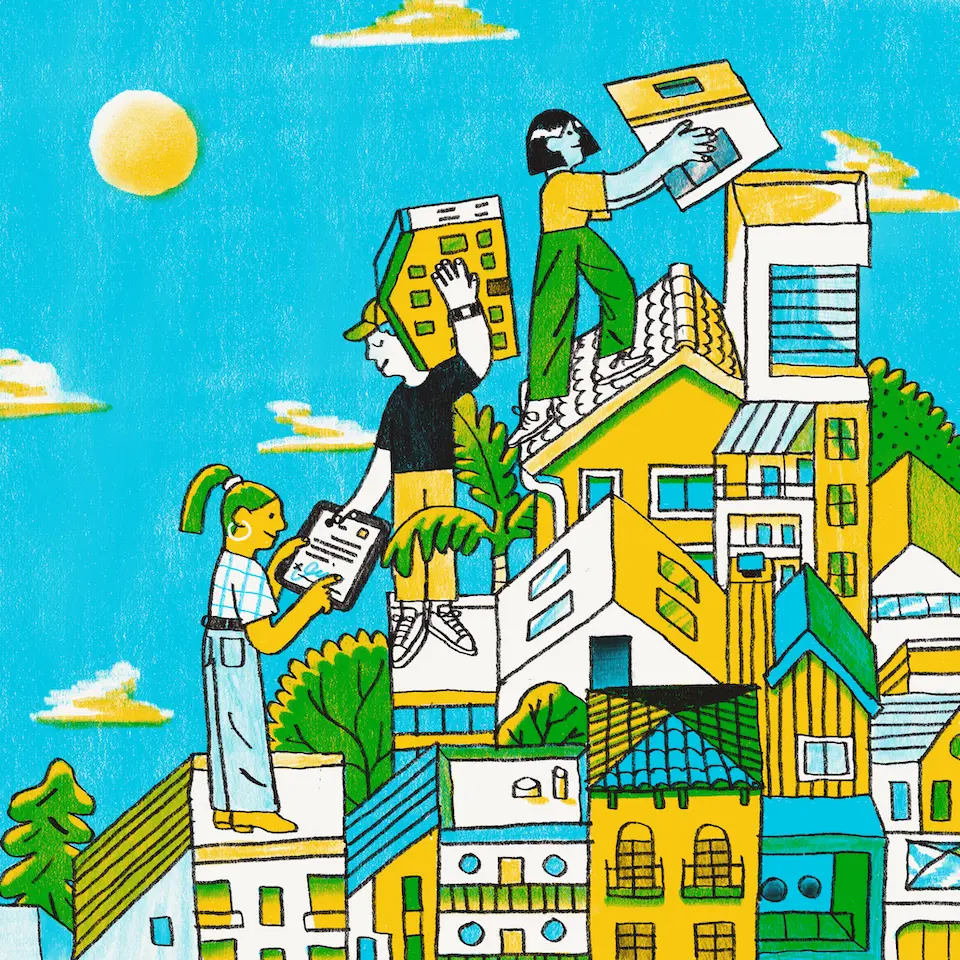The best software—like the best product—gets the job done
Our two companies share some interesting parallels: Dropbox is a piece of software that quietly works behind the scenes to achieve its goals; similarly Tomorrow Lab believes in a design and engineering process that removes ego in order to let the product shine on its own. It’s crucial that our collaboration tools stay out of the way, and unlike a lot of distracting apps, Dropbox lets us maintain our flow.
The best collaboration tools stay in the background and allow you to get the job done.
Dropbox is such a part of our ecosystem at this point, we almost take it for granted. We save something to a computer, it’s immediately in the Dropbox directory, and anyone else can access the updated file. When a client wants to see our progress, we don’t need to figure out a way to attach what might be a massive file. With Dropbox Transfer, it takes one click to share a link. And Dropbox is ubiquitous. Whether I’m talking to a client, a vendor, or a potential new hire, no one has ever asked me,“What’s Dropbox?” That’s the kind of magical simplicity I dream of in a product.
Dropbox is such a part of our ecosystem at this point, we almost take it for granted. We save something to a computer, it’s immediately in the Dropbox directory, and anyone else can access the updated file. When a client wants to see our progress, we don’t need to figure out a way to attach what might be a massive file. With Dropbox Transfer, it takes one click to share a link. And Dropbox is ubiquitous. Whether I’m talking to a client, a vendor, or a potential new hire, no one has ever asked me,“What’s Dropbox?” That’s the kind of magical simplicity I dream of in a product.
From physical to digital
Today, we have countless tools at our disposal to capture something from the physical space and transform it into a digital asset. The whiteboard from an initial meeting is captured and saved to a folder. The next day, someone draws something on a tablet and it’s saved to the same place. The day after that, another person opens that drawing, does some CAD (computer-aided design) work on it, and saves it to the same space.
Dropbox is also a great example of how well-designed software can eliminate the need for a lot of administrative jobs—in this case, a file management or IT professional. When you’re a small organization, keeping overhead costs down is crucial. By using Dropbox, I spend less time on annoying tasks and more time focused on work.
It’s an evolving digital memory that captures the ideas of all collaborators in real time, and that’s remarkable. Dropbox is so ingrained with our existing tools and workflows, that it’s almost like a piece of our own collective minds.

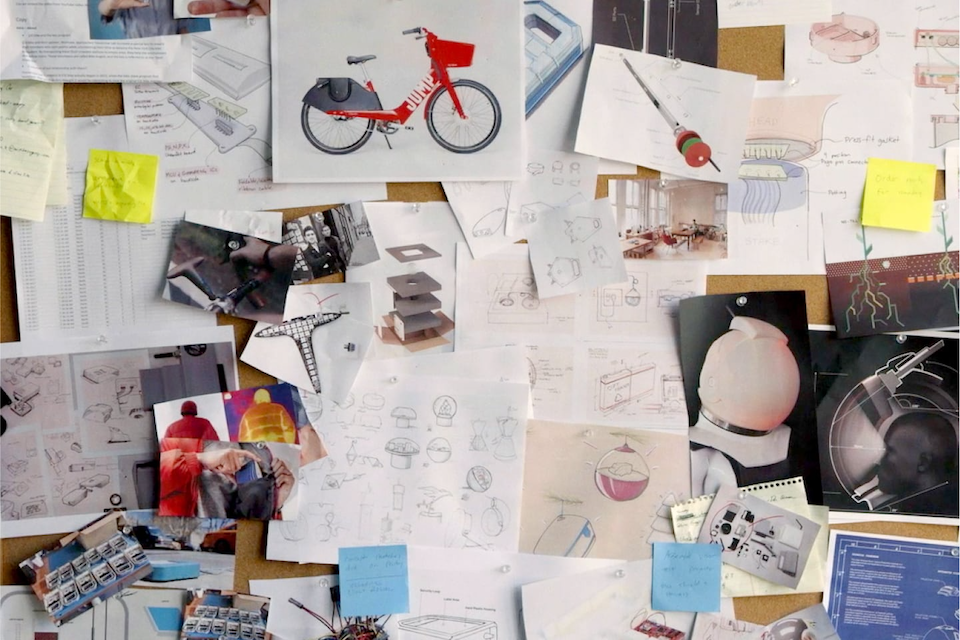

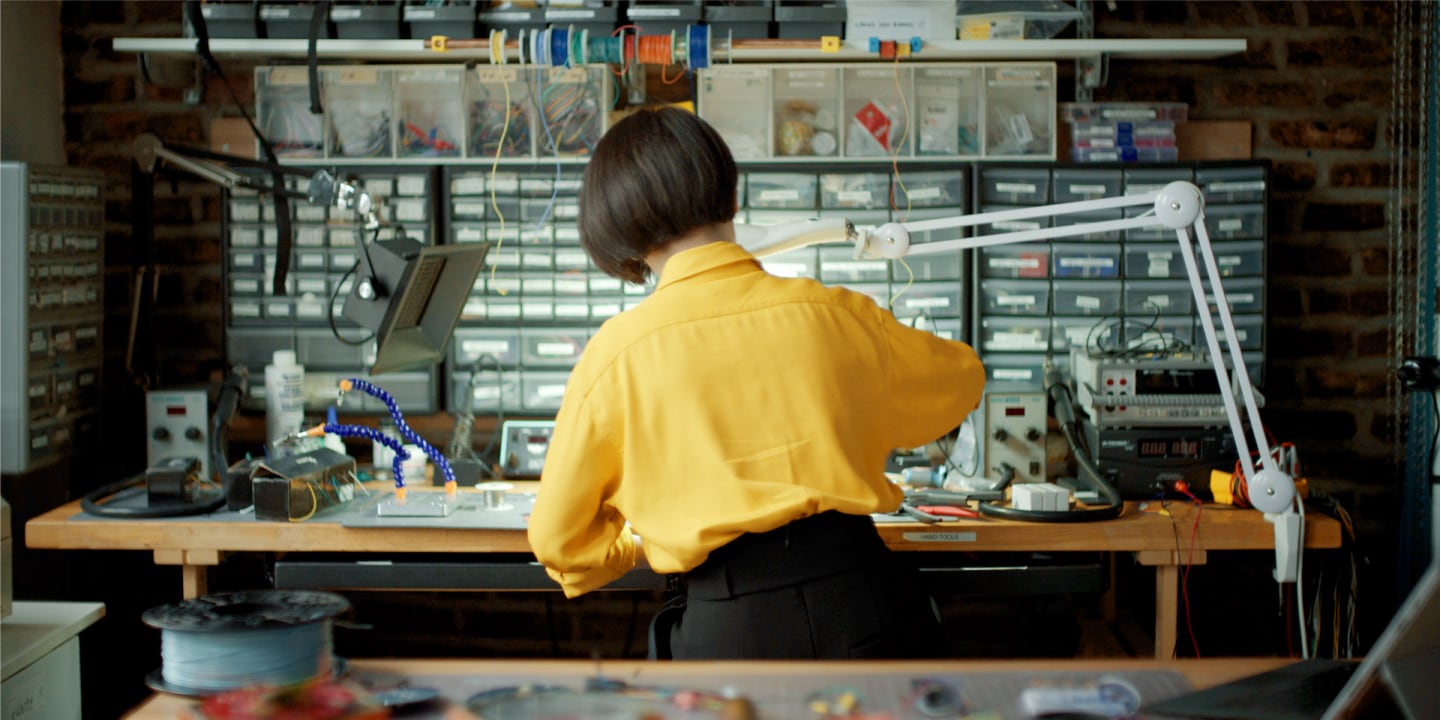



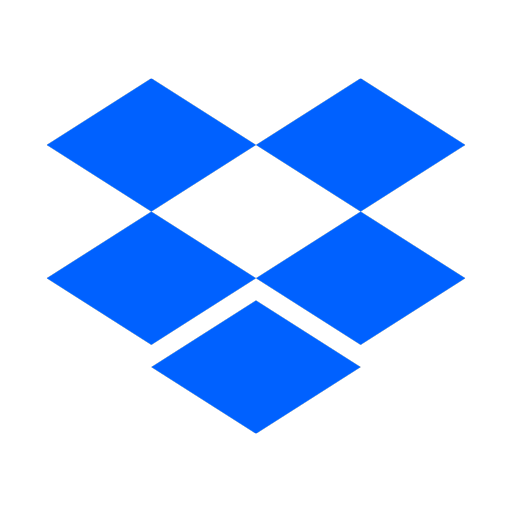







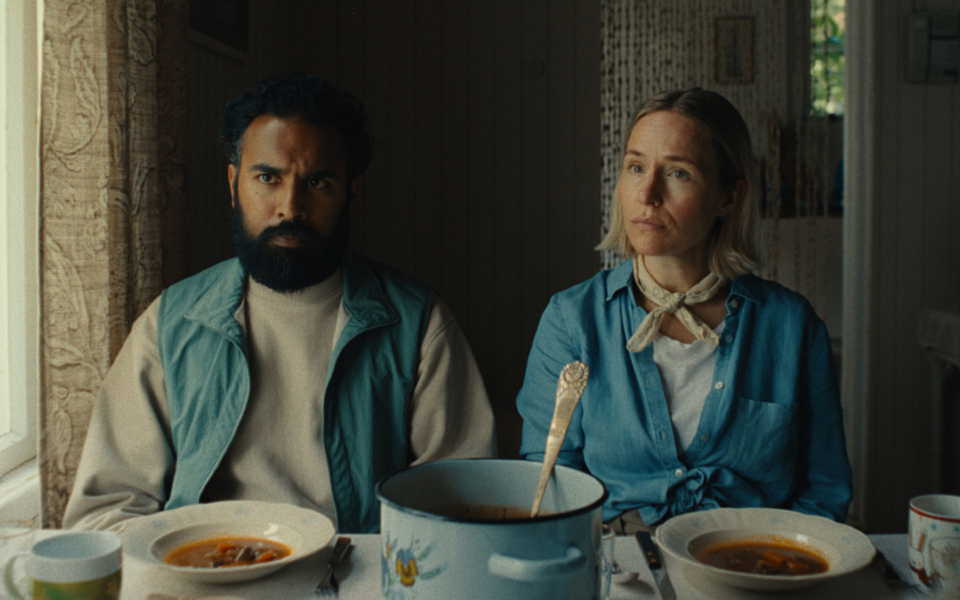
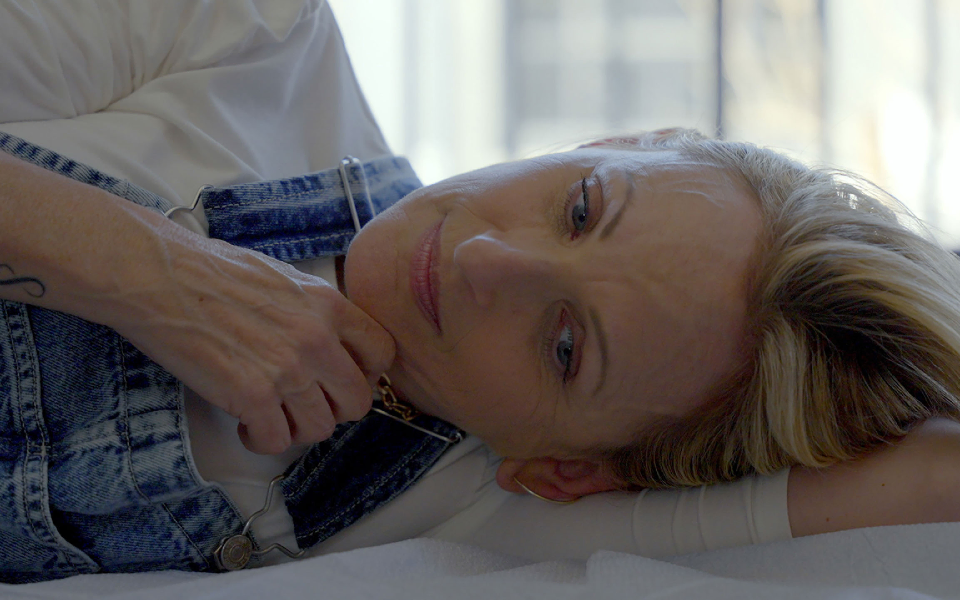





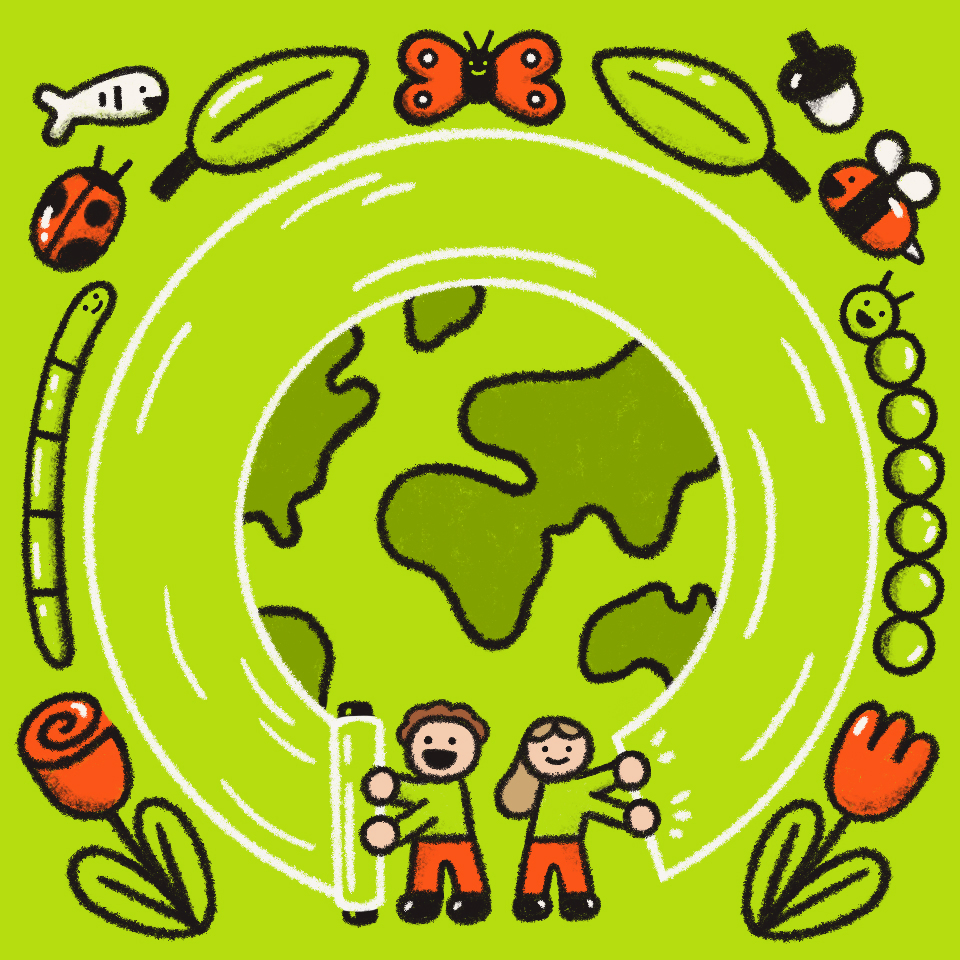
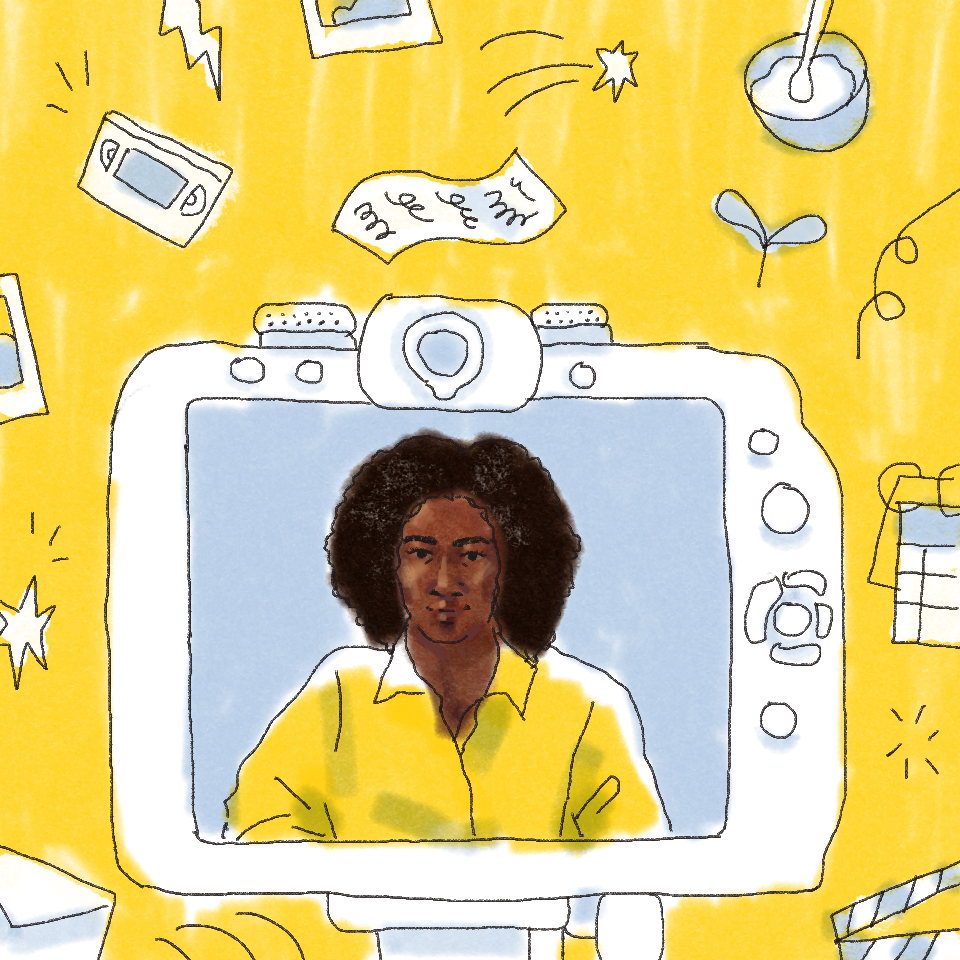
.jpg/_jcr_content/renditions/1200x628%20(5).webp)

